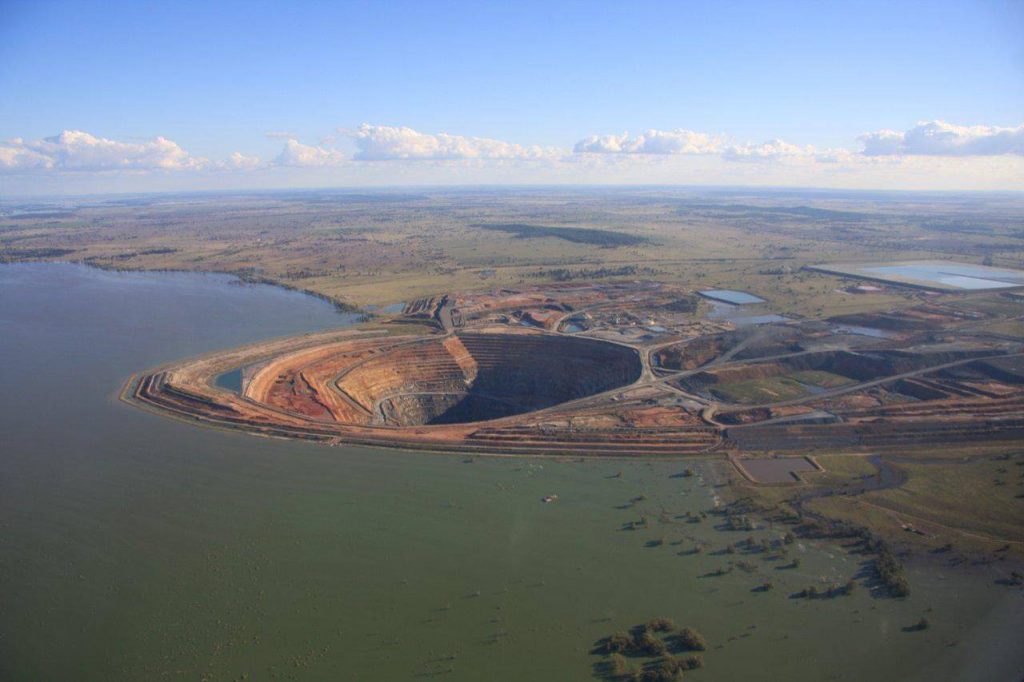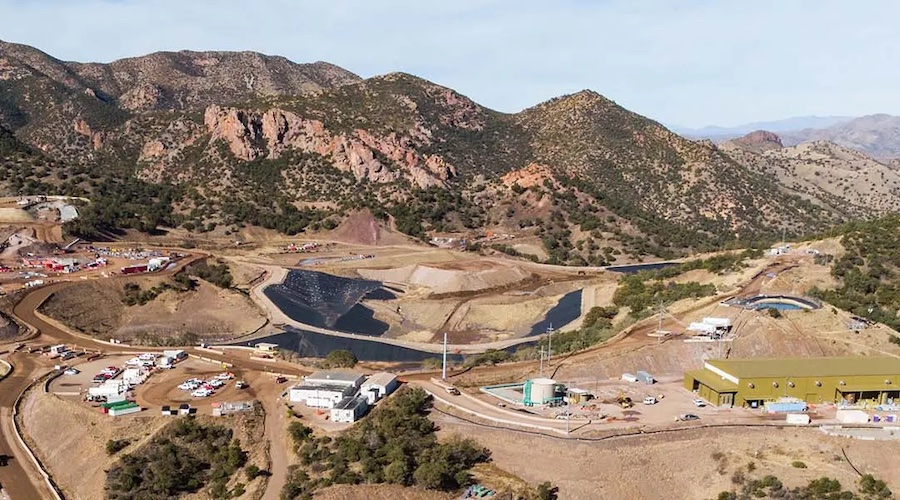Australia’s crippling drought posing bigger risks to gold mines

A drought in parts of Australia that’s delivered record low rainfall is posing potential risks to output at key gold mines in the world’s second-largest producer.
Rainfall in New South Wales state has been at one-in-100 year lows for the past two years, Newcrest Mining Ltd. said Thursday, flagging that production at its flagship Cadia operation could be impacted by the end of this year if the conditions persist.
The mine is Newcrest’s most profitable and accounted for more than two-thirds of earnings in the last fiscal year, according to filings by the nation’s top producer of the metal. Its shares fell as much as 5.1% in Sydney.
Gold miners require vast quantities of water to process excavated ore into precious metals, typically using more than 250 megaliters to produce a ton of gold
Australia experienced the lowest December rainfall total on record last month, the Bureau of Meteorology said in a Jan. 7 statement. Arid conditions in parts of the Murray-Darling Basin region, which covers several states and key mining districts, have persisted since early 2017 and are severely limiting water resources.
Low rainfall totals over the past 36 months in parts of the Murray–Darling Basin region have broken records set during Australia’s Federation Drought between 1900 and 1902, the bureau said Thursday in an email.
New South Wales “remains impacted by a severe drought,” Newcrest said in its statement. “Cadia has implemented significant water saving efficiency measures and continues to pursue further water saving initiatives.” The operation would escape any hit to output if rainfall reverted to more typical historical levels, the company said.
Crop producers to wine makers are also among industry sectors that have been grappling with the impact of restricted water supply in Australia’s east. GrainCorp Ltd. in August lowered its earnings estimate, citing issues including the drought, while Treasury Wine Estates Ltd. said Tuesday its 2020 Australian vintage would experience an impact.
Evolution Mining Ltd., which operates the Cowal mine in NSW on the edge of a lake about 350 kilometers (217 miles) west of Sydney, said Wednesday it had spent the past 12 months seeking to curb the operation’s reliance on surface water and comply with state-wide restrictions.
“Due to the sustained drought conditions there is potential for these water restrictions to increase,” the producer said in a statement.
China Molybdenum Co., which controls the Northparkes copper and gold mine in central NSW has also previously said that it is exploring options to boost water conservation.
Gold miners require vast quantities of water to process excavated ore into precious metals, typically using more than 250 megaliters to produce a ton of gold, according to Australia’s national science agency. The mining sector’s approach to water stewardship is under increasing scrutiny as investors focus more on environmental performance.
(By David Stringer)
More News
South32 breaks ground on remote operating center at Hermosa project in Arizona
April 24, 2025 | 04:20 pm
{{ commodity.name }}
{{ post.title }}
{{ post.date }}



Comments